How are you proofing your dough?
kitchendetective
10 years ago
Related Stories

PETSPet-Proofing Your Home: A Room-by-Room Guide
Not all pet dangers are obvious. Keep furry friends safe and sound by handling all of these potential hazards
Full Story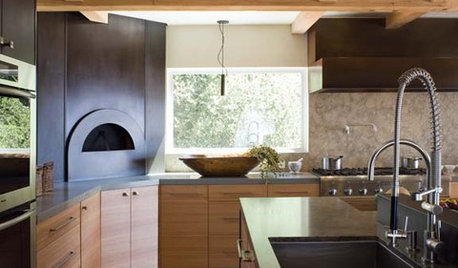
KITCHEN DESIGNKitchen Luxuries: The Wood-Fired Pizza Oven
If you love homemade pizza and are (ahem) rolling in dough, a wood-burning oven may be just the right kitchen investment
Full Story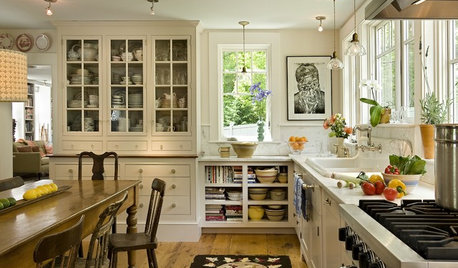
KITCHEN DESIGN12 Great Kitchen Styles — Which One’s for You?
Sometimes you can be surprised by the kitchen style that really calls to you. The proof is in the pictures
Full Story
KITCHEN DESIGNEmbrace a Hot Trend With a Kitchen Warming Drawer
Serve food at just the right temperature with this increasingly popular appliance, coordinated to match your kitchen's style
Full Story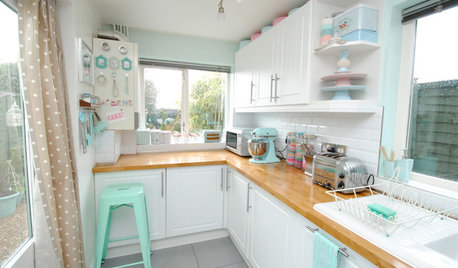
KITCHEN DESIGNGet Your Kitchen ‘Bake Off’ Ready
Make it easy to whip up a cake or a batch of cookies with these tips for organizing your space
Full Story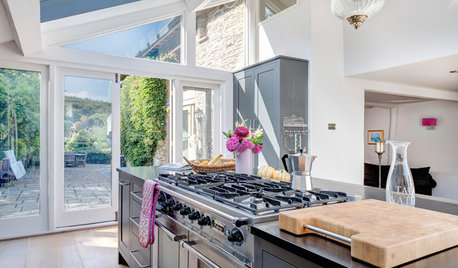
LIFESimple Pleasures: The Joy of Baking
Fill your house with a heavenly scent and your heart with cheer by making time to bake
Full Story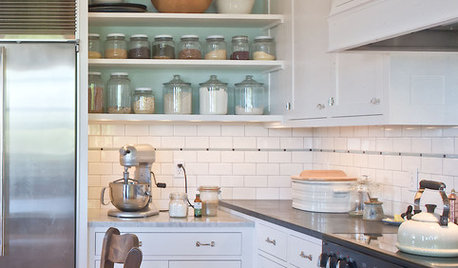
KITCHEN DESIGNLove to Bake? Try These 13 Ideas for a Better Baker's Kitchen
Whether you dabble in devil's food cake or are bidding for a bake-off title, these kitchen ideas will boost your baking experience
Full Story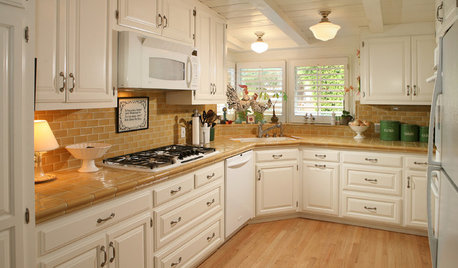
KITCHEN COUNTERTOPSKitchen Counters: Tile, the Choice for Affordable Durability
DIYers and budget-minded remodelers often look to this countertop material, which can last for decades with the right maintenance
Full Story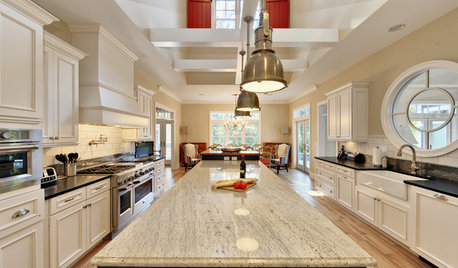
KITCHEN COUNTERTOPSKitchen Countertops: Granite for Incredible Longevity
This natural stone has been around for thousands of years, and it comes in myriad color options to match any kitchen
Full Story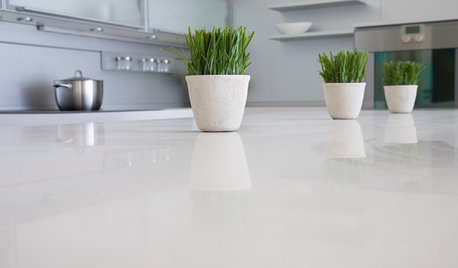
KITCHEN DESIGNKitchen Counters: Stunning, Easy-Care Engineered Quartz
There's a lot to like about this durable blend of quartz and resin for kitchen countertops, and the downsides are minimal
Full Story



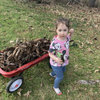

User
annie1992
Related Discussions
How do you cat-proof?
Q
Pretzel Bites Dough Made---How long can I not bake it?
Q
How do you skid proof a wool rug
Q
How do you child-proof a glass cabinet door?
Q
John Liu
caliloo
grainlady_ks
teresa_nc7
arkansas girl
maxmom96
dcarch7 d c f l a s h 7 @ y a h o o . c o m
Lars
grainlady_ks
dcarch7 d c f l a s h 7 @ y a h o o . c o m
Cloud Swift
Jasdip
annie1992
kitchendetectiveOriginal Author
annie1992
nancyofnc
grainlady_ks
party_music50